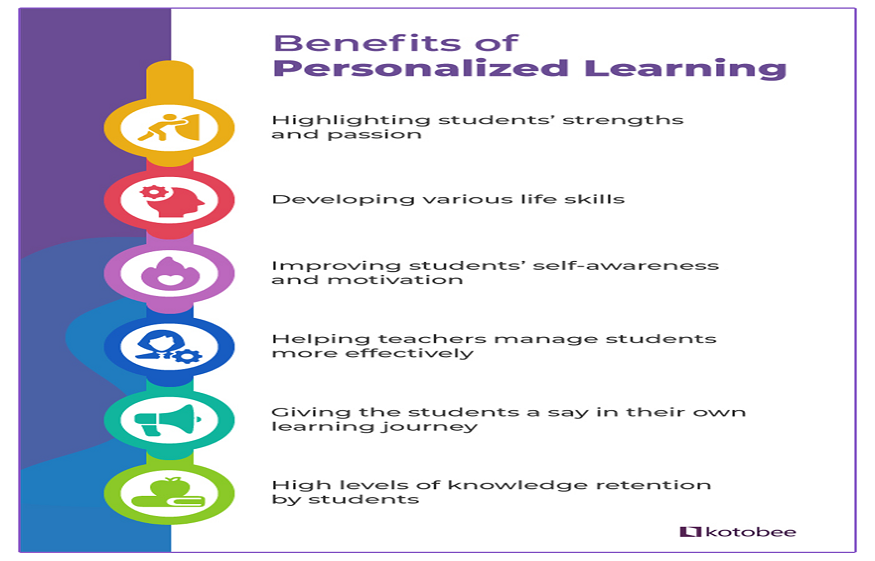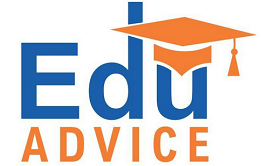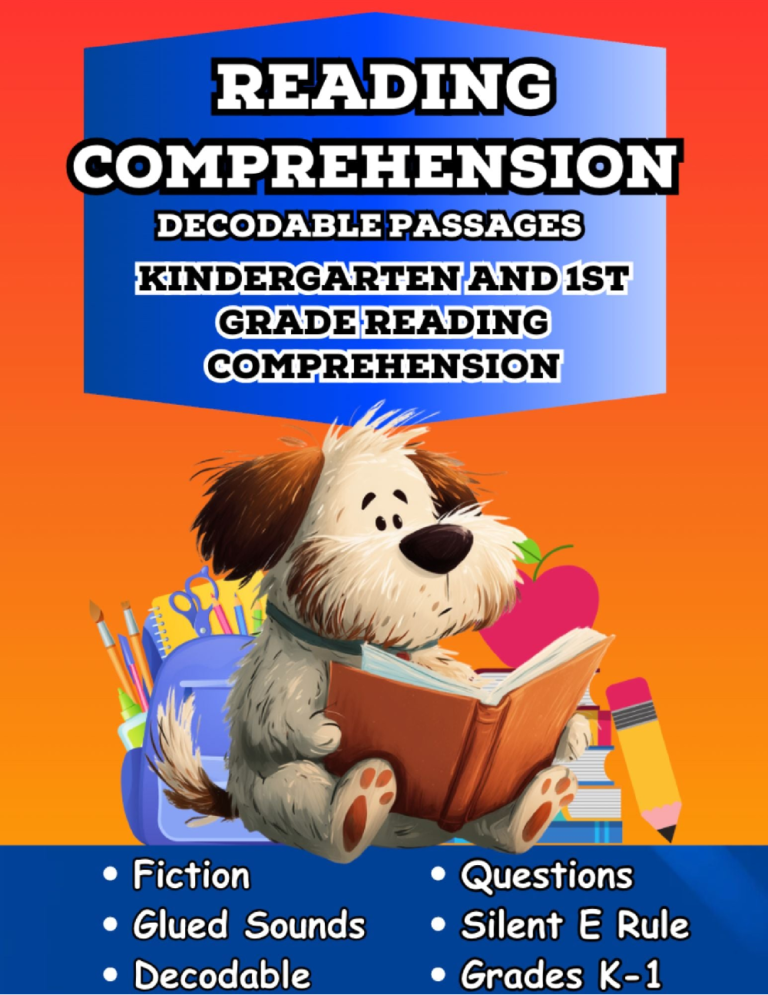Are you a TEFL teacher based in Dubai or aspiring to be one? Then, you are on the right place.
You already know how every student in your language class learns differently. Some students quickly pick up grammar rules but freeze when asked to speak. Others speak confidently but struggle to remember new words. Therefore, you need to have personalized language teaching techniques to benefit each language learner.
Recent studies show that personalized learning can improve student engagement by up to 30%.
And why not? When you customize your language lessons to fit each student, they learn better and faster. But what techniques work better? How should you personalize your lessons so that every learner succeeds?
10 Ways to Personalize Your Language Teaching
These ten simple tips can be used with all kinds of learners. Try them out and notice the difference in your classroom:
1. Get to Know Your Students Better
Did you know teachers who build strong relationships with students see about 20% more participation in class?
Try to spend a few moments to know what your students like, what they do, and why they want to learn the language. Why are they learning the language- jobs, traveling, or simply picking up a new skill for fun? Educators who have completed Online English Teacher Training Courses in UAE believe that when you understand the purpose, you can create lessons that feel relevant and useful.
Try starting each class with a quick discussion or use short surveys to gather information.
2. Work with Different Learning Styles
Every learner has their own style when it comes to picking up a new language. Some need to see information (visual learners), others need to hear it (auditory learners), while some prefer reading and writing or hands-on activities (kinesthetic learners).
Watch how your students respond to different activities. Does a student perk up during role-plays but look bored during reading tasks? That is a clue! Adjust your teaching to match their style, and you’ll see faster progress with less frustration.
3. Use Topics Your Students Care About
Studies show students remember up to 40% more vocabulary when studying topics they are interested in.
Basic textbook scenarios about shopping or the weather can be boring. But chatting about football with someone who loves the game, or sharing music ideas with a fan? That can be a lot exciting!
When you connect language practice to things your students already enjoy, learning becomes fun. They are not just studying a language. They are talking about their favorite things in a new way.

Source:blog.kotobee.com
4. Ask for Feedback and Then Use It
The easiest way to improve your teaching is simply to ask students what is working and what is not. End each class with a quick question like ‘What did you find most helpful today?’ or ‘What still feels confusing?’
Use this feedback to adjust your lessons. If students say they love conversation practice, do more of it. If listening tasks feel too tricky for them, switch things up with a new method.
5. Let Students Show What They Have Learned in Different Ways
Not everyone needs to write an essay to prove they have learned something. Some students might prefer making a short video, recording a podcast, or creating a picture story with new vocabulary.
Give options when assigning projects. For example, students could choose between giving a speech, writing a dialogue, or creating a presentation. All these activities practice the same skills but allow students to work in formats they feel most comfortable with.
6. Offer Multiple Ways to Absorb the Language
If you only use written materials, students who struggle with reading will have a hard time. If you only lecture, visual learners might miss important points.
Try using videos, songs, pictures, menus, brochures, and social media posts in your lessons. This variety helps all types of learners and better prepares them for how language appears in real life, not just in textbooks.
7. Give Students Choices Tasks, Tools, and Topics
When students have some control over their learning, they feel more motivated. Let them choose project topics, whether to work alone or with partners or which tools to use for assignments.
Even small choices make a big difference. Asking ‘Would you rather practice this through a game or a discussion?’ helps students feel more in control of their learning and builds their confidence.
8. Use Technology to Personalize Learning
Many language apps and programs automatically adjust to each student’s level and progress. These tools can track what words or grammar points a student struggles with and provide extra practice in those areas.
Also, these platforms work well as homework supplements or for extra practice. Just make sure the tools match your students’ goals and comfort level with technology.
9. Tell Stories to Make Language Stick
When new words and grammar are part of an interesting story, they are much easier to remember. Consider creating simple stories using the English language, or have students help build the story as you go.
Stories create emotional connections to the language and give context to new vocabulary. Plus, they are more engaging than traditional drills or exercises.
10. Practice Real-Life Situations
Role-playing those everyday situations like ordering food, asking for directions, or job interviews give students practical skills they can use right away. These activities provide meaningful context for language practice.
When students can see how a lesson applies to real life, they are more motivated to learn and more confident using the language outside the classroom.
Bottom Line
The language teachers who pursued the Online and Live Online TEFL Programs in UAE know that each student is unique. By personalizing your approach, you will help every learner succeed in their own way. When students feel that lessons are designed with their needs in mind, they pay more attention, remember more, and enjoy learning. That is the difference between a class they forget and one that changes how they see language learning forever.














+ There are no comments
Add yours